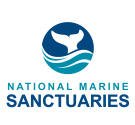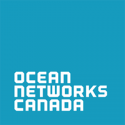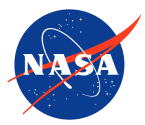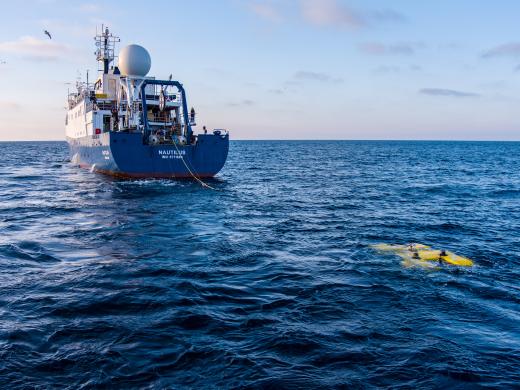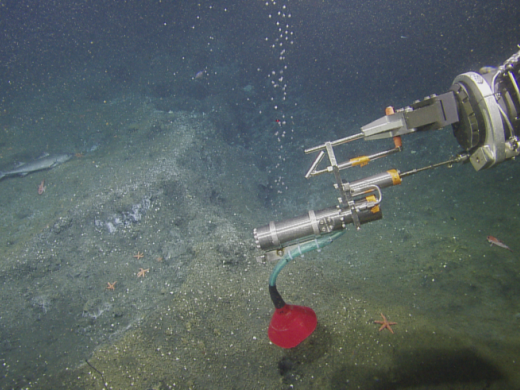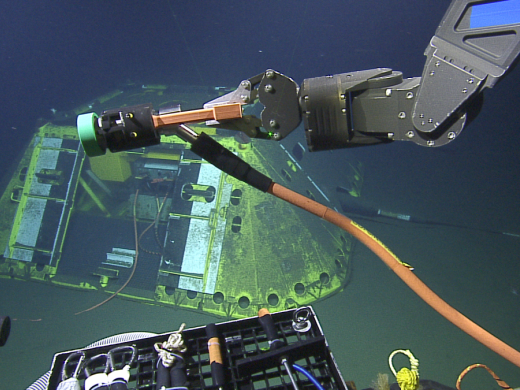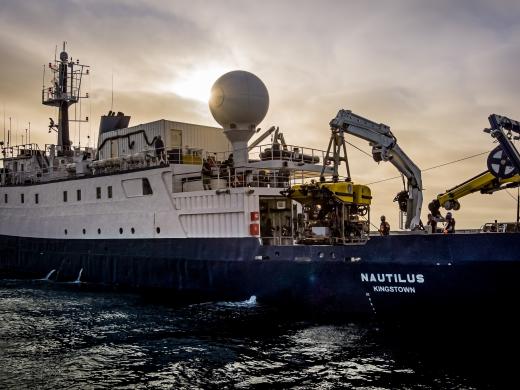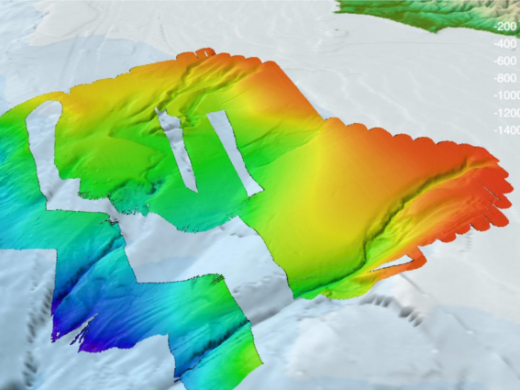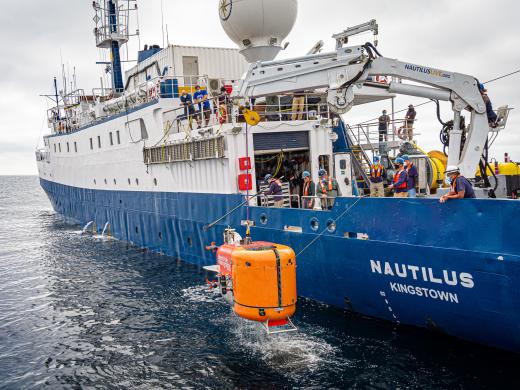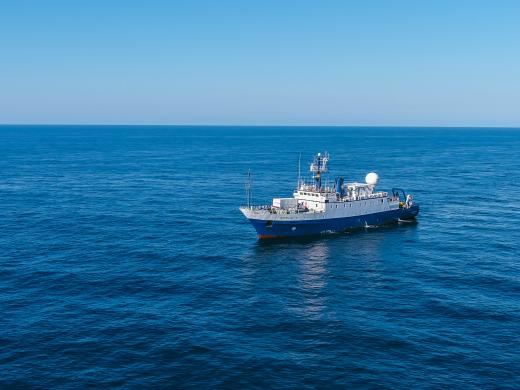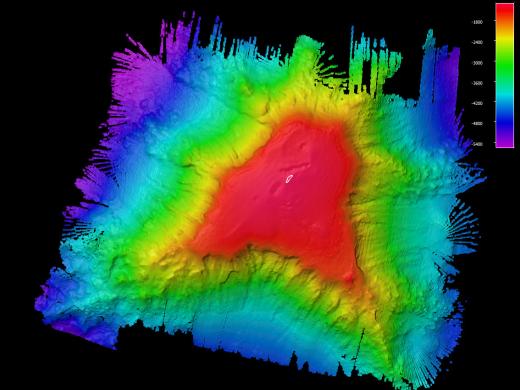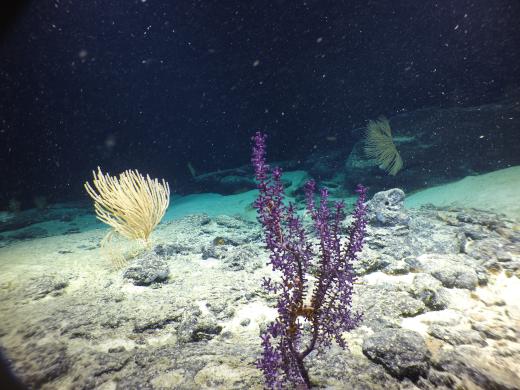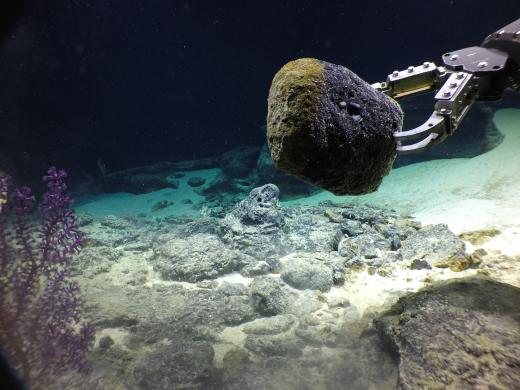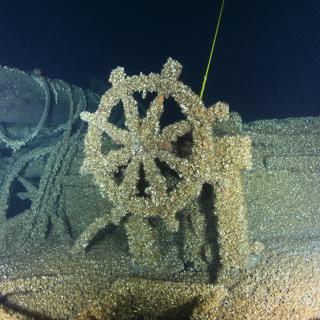Join Ocean Exploration Trust for our 2021 Nautilus Expedition as we embark on six months moving through waters along the North American West Coast from British Columbia to Southern California, and west to the Hawaiian Islands and Papahānaumokuākea Marine National Monument. The Ocean Exploration Trust will embark on its seventh year of scientific exploration of the deep sea in the Pacific Ocean aboard E/V Nautilus, continuing to work with expedition partners and the wider scientific community to identify priority research areas to conduct remotely operated vehicle (ROV) surveys and seafloor mapping. The 2021 Nautilus Expedition is sponsored by NOAA Ocean Exploration through the NOAA Ocean Exploration Cooperative Institute, NOAA Office of National Marine Sanctuaries, NASA, Harvard University, National Oceanographic Partnership Program, and Ocean Networks Canada. Learn more about our partners and sponsors.
OET’s expertise in conducting telepresence-enabled expeditions offers opportunities for scientists, students, educators, and the public to follow operations and participate remotely from shore. Scientists on board Nautilus and on shore participating via telepresence will conduct research across the Pacific Ocean with a focus on the geological history of seamount chains, deep-sea coral habitats in national marine protected areas, hydrothermal vents and methane seep ecosystems, and cutting-edge technology demonstrations. Most of the world’s deep ocean remains largely undocumented by ROV and high-resolution seafloor mapping, leaving significant gaps in knowledge needed to manage and protect ocean resources and to understand and predict future change.
OET’s top priority is the safety and well-being of expedition participants, crew, staff, and communities. COVID-19 mitigation protocols enforced aboard the ship and amongst the sea-going teams as the 2021 expedition season moves forward are informed by a variety of sources including current recommendations from the US Center for Disease Control, World Health Organization, and University National Oceanography Laboratory System.
